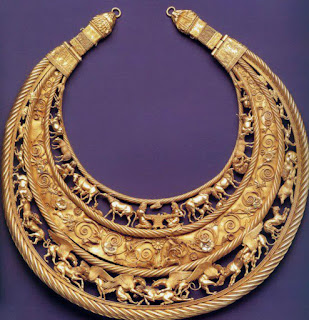Yet I am now listening to “Aftermath” an English translation audiobook by the former editor of the Berlin Times, Harald Jähner. It looks at the difficult time after the War when the German people had to come to grips with their past. I recommend the book although the material is not easy.
Millions of German soldiers and civilians died in World War II. Cities were reduced to the rubble as we are beginning to see in Ukraine. In his book Jähner describes conditions in post-War Germany conditions where as many as six plus unrelated people had to share a small apartment. Women and children left behind sometimes did not even recognize their husbands and fathers when they returned. Even women whose husbands survived often felt that the men abandoned them. How to face this, when together with the hardships there was shame at losing.
In 2015 a new museum opened in Munich, called the “Documentation Center for the History of National Socialism”. Years ago we were reminded that the beautiful city was the birthplace of Naziism when we dined in a restaurant which we learned was Hitler’s favorite. The location of the new institution is fraught with memories and blame as it is at the same address as the former Brown House, the building that served as Nazi Party headquarters from 1930 through the end of World War II. It was here that Hitler planned the Holocaust. The modern design of the building was an intentional demonstration of the city’s and Germany’s break with the past, yet inside is evidence of the horrible truth of that past. There have been many who objected to being reminded including a group Neo-Nazis who staged a protest at the museum’s inauguration.
Both of these new history museums take on broad themes. The Munich Documentation Center examines the history of the city before, during and after WWII, and also attempts to tackle the ongoing topics of exclusion, racism, anti-Semitism and discrimination. Berlin’s Center for Displacement, Expulsion, Reconciliation, in the words of museum DirectorGundula Bavendamm, addresses “forced migration as a phenomenon of modern Europe”. Today’s news reports estimating 3.5 million refugees from the Ukraine provide yet another tragic example.




















